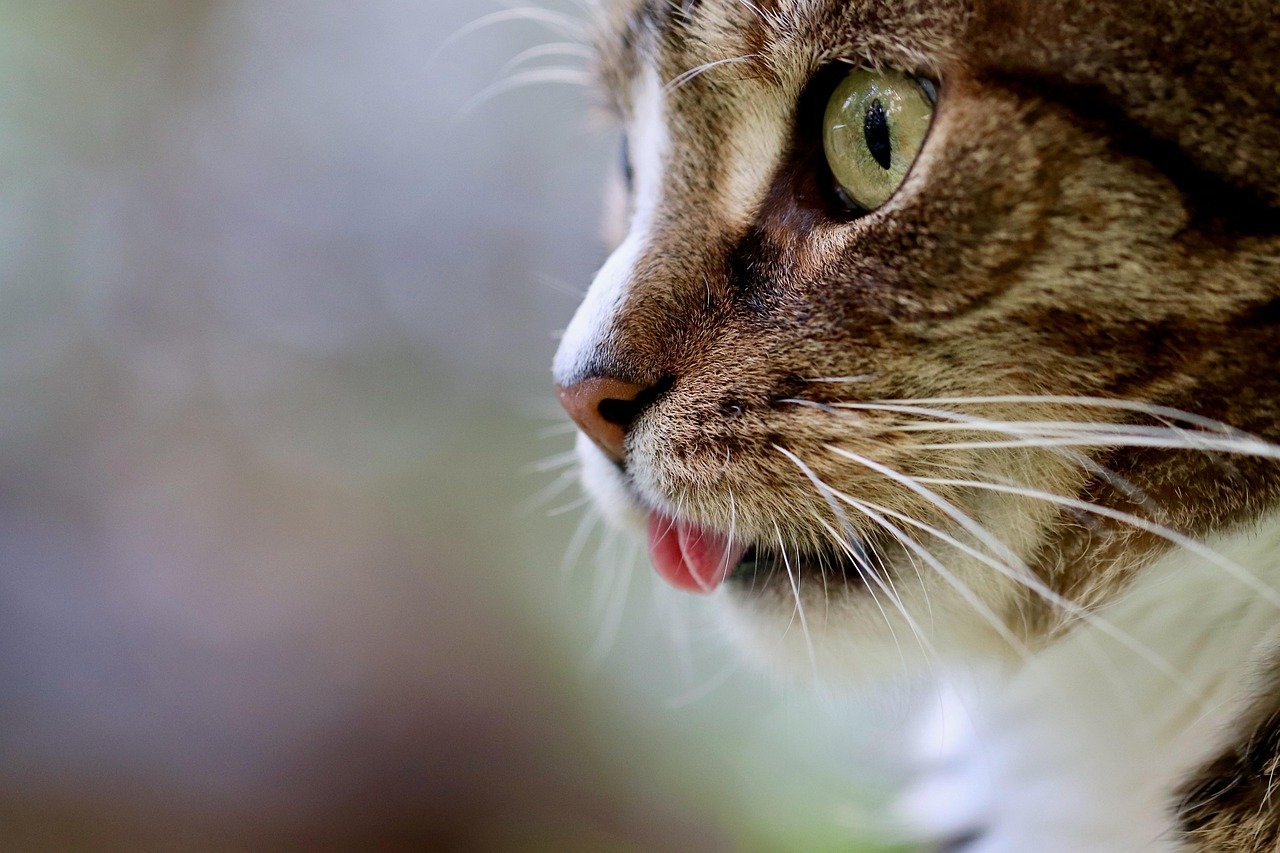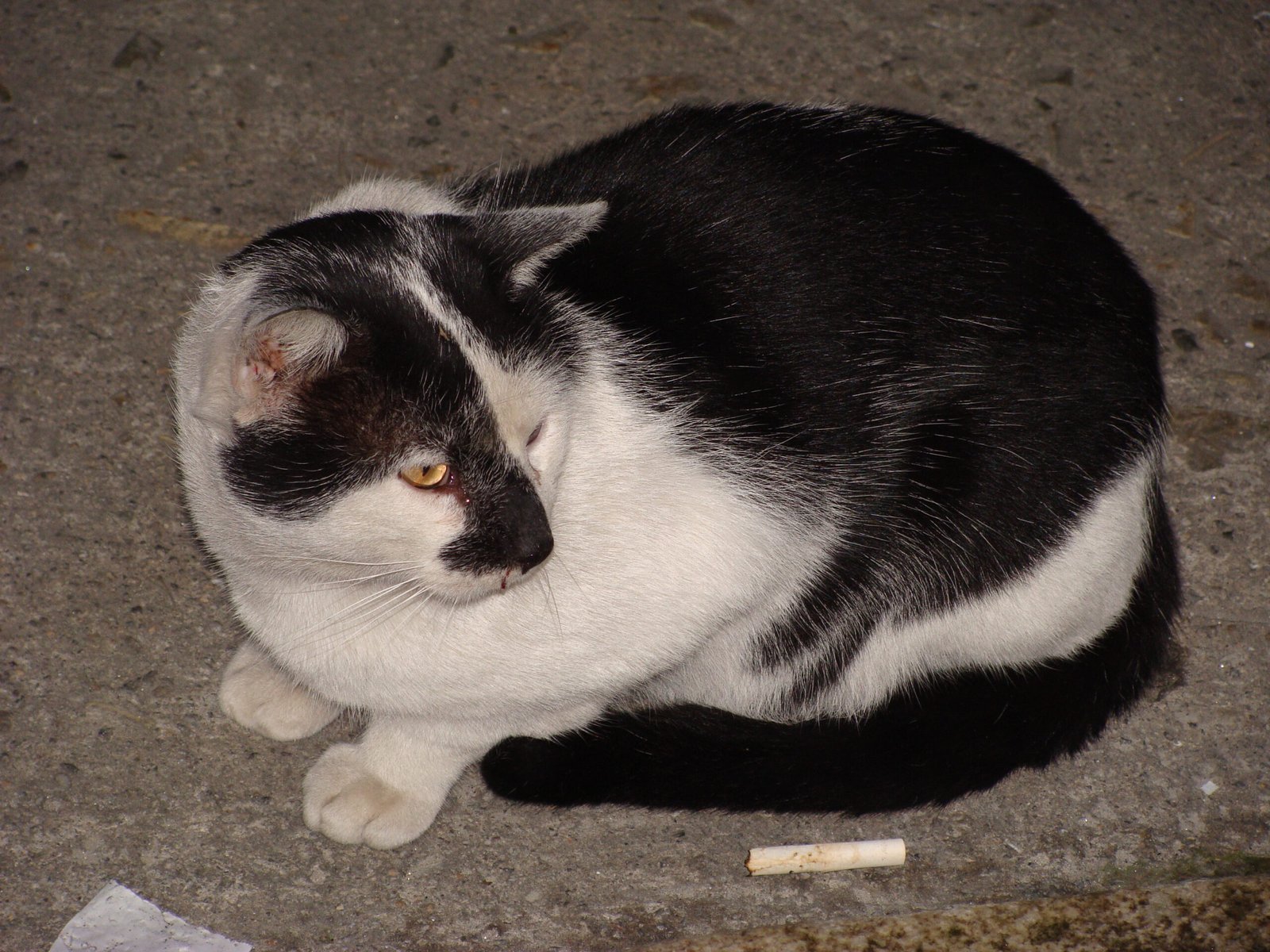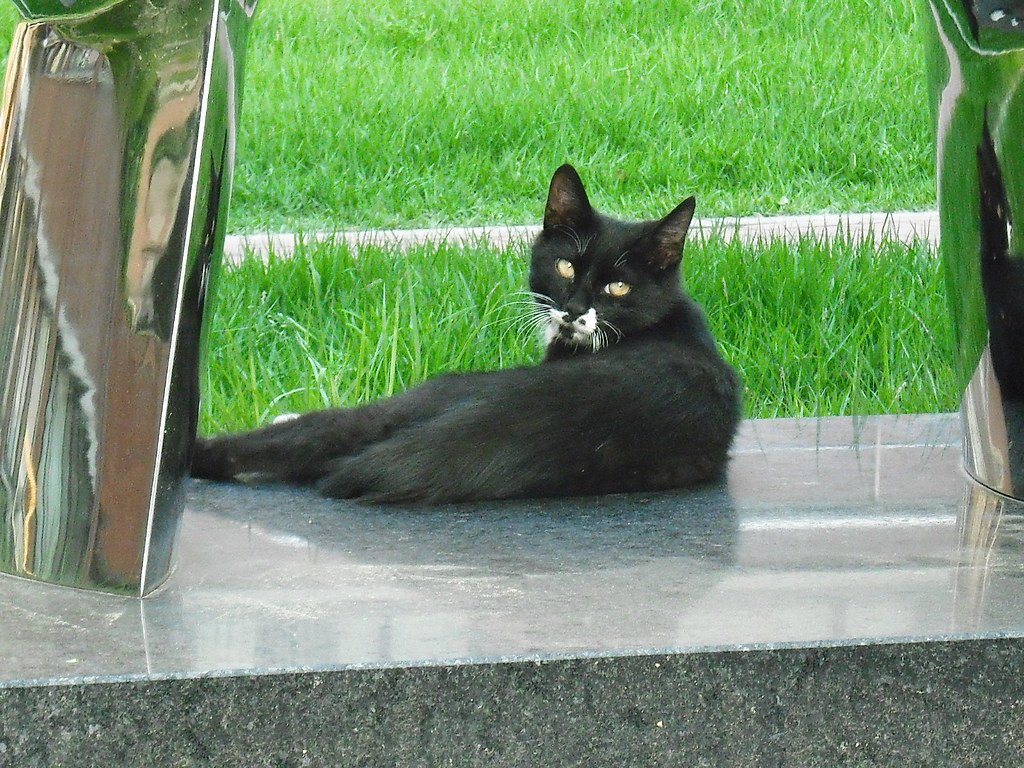La Brea Tar Pits Reveals New Saber-Toothed Cat Species

The world’s most famous fossil site delivered another jaw-dropping discovery in 2024. Scientists unearthed remains of a previously unknown saber-toothed cat species, smaller than the iconic Smilodon fatalis but with proportionally longer canine teeth. The discovery challenges everything we thought we knew about these prehistoric predators.
What makes this find extraordinary is the preservation quality – some specimens still had soft tissue attached to the bones. The tar’s natural preservation properties created a time capsule that scientists are calling “better than a museum display.” This new species likely hunted in packs, unlike their solitary cousins.
Siberian Permafrost Yields Perfectly Preserved Saber-Toothed Remains

Deep in the Russian wilderness, melting permafrost revealed something that left paleontologists speechless. A nearly complete saber-toothed cat, frozen for over 30,000 years, emerged from the ice with fur, whiskers, and even stomach contents intact. It’s like finding a prehistoric time machine.
The specimen belongs to Homotherium, a lesser-known but equally fearsome saber-toothed predator. Unlike the chunky Smilodon, this cat was built for endurance hunting across vast landscapes. Its stomach contained remains of young mammoths, proving these cats weren’t afraid to take on giants.
Spanish Cave System Uncovers Family Group of Ancient Predators

In the limestone caves of northern Spain, researchers made a discovery that rewrote the social behavior textbook for saber-toothed cats. An entire family group – two adults and three juveniles – were found together, suggesting these apex predators lived in complex social structures. The cave became their tomb during a harsh winter 40,000 years ago.
The juveniles showed evidence of extended parental care, with partially erupted saber teeth and dependence on their parents for food. This challenges the popular image of solitary, aggressive hunters. Instead, it paints a picture of devoted parents teaching their young the deadly art of the hunt.
African Rift Valley Exposes Oldest Saber-Toothed Cat Ancestor

The birthplace of humanity just revealed the birthplace of saber-toothed evolution. In Kenya’s Rift Valley, paleontologists discovered fossils of Machairodus, the grandfather of all saber-toothed cats, dating back 15 million years. This ancient predator had smaller sabers but showed all the hallmarks of what would become nature’s most efficient killing machine.
The site contained hundreds of bones scattered across multiple layers, suggesting this area was a hunting ground for generations. Tool marks on prey bones indicate these early saber-toothed cats were already perfecting their signature killing technique – the devastating throat bite that would define their lineage.
Australian Outback Reveals Unexpected Saber-Toothed Surprise

Nobody expected to find saber-toothed cats in Australia, but 2024 proved paleontology still has surprises up its sleeve. In the red dirt of the Outback, researchers uncovered fossils of Thylacosmilus, a marsupial that evolved saber teeth completely independently from true cats. It’s evolution’s most stunning example of convergent design.
This discovery proves that saber teeth were such an effective hunting tool that nature invented them twice on opposite sides of the planet. The Australian “saber-tooth” had continuously growing canines, unlike the fixed sabers of true cats. Its pouch suggests it carried its young while hunting, making it perhaps the most hardcore parent in prehistoric history.
Chinese Fossil Bed Reveals Saber-Toothed Cat Migration Patterns

In the mountains of northern China, a massive fossil bed exposed the ancient highways used by saber-toothed cats during their global expansion. The site contains remains from at least 47 individual cats, all apparently caught in a volcanic mudflow while following migration routes. It’s like finding a prehistoric traffic jam frozen in time.
The diversity of species found together suggests these cats followed seasonal prey migrations, much like modern big cats in Africa. Some specimens show evidence of long-distance travel, with worn teeth and healed injuries telling stories of epic journeys across continents that no longer exist.
German Limestone Quarry Uncovers Saber-Toothed Cat Social Behavior

A routine limestone extraction in Bavaria turned into a paleontological goldmine when workers uncovered Europe’s most complete saber-toothed cat fossil assemblage. The site preserved a moment in time when multiple cats gathered around a water source, providing unprecedented insights into their social dynamics and territorial behavior.
Evidence suggests these cats practiced a form of time-sharing at crucial resources, with different individuals visiting the water source at different times to avoid conflicts. Scratch marks on nearby rocks indicate they used scent marking to communicate, much like modern tigers marking their territories.
Peruvian High Andes Reveals High-Altitude Saber-Toothed Hunters

At an elevation of 14,000 feet in the Peruvian Andes, researchers made a discovery that defied expectations about saber-toothed cat habitats. These high-altitude specialists developed unique adaptations for thin air and extreme cold, including enlarged chest cavities and thick fur coats. They were the mountain climbers of the prehistoric world.
The site contained evidence of systematic hunting of large ground sloths and early relatives of llamas. These cats developed specialized hunting techniques for steep terrain, using their powerful hindquarters to launch surprise attacks from rocky outcrops above their prey.
Florida Sinkhole Exposes Underwater Saber-Toothed Cat Cemetery

A collapsed sinkhole in central Florida became a window into the lives of America’s most famous prehistoric predators. The underwater site preserved an entire ecosystem, with saber-toothed cats, dire wolves, and giant ground sloths all trapped together in what researchers are calling “America’s prehistoric Pompeii.”
The oxygen-free environment at the bottom of the sinkhole created perfect preservation conditions. Some specimens retained original coloration, revealing that these cats had spotted coats similar to modern jaguars. The discovery suggests they were ambush predators who preferred dense vegetation near water sources.
Canadian Arctic Yields Ice Age Saber-Toothed Cat Evidence

In the Canadian Arctic, where temperatures rarely rise above freezing, paleontologists discovered evidence of saber-toothed cats surviving in some of the harshest conditions on Earth. The fossils show adaptations for life in perpetual winter, including enlarged paws that acted like natural snowshoes and elongated limbs for traveling across snow.
These Arctic specialists hunted massive prey like woolly mammoths and giant bison, using their environment as a weapon. Deep snow banks became natural traps where these cats could ambush struggling prey. Their success in such extreme conditions proves saber-toothed cats were among the most adaptable predators ever to walk the Earth.
The Future of Saber-Toothed Cat Research

The discoveries of 2024 have revolutionized our understanding of these magnificent predators, revealing them as complex, adaptable, and surprisingly social creatures. From the tropical tar pits of California to the frozen tundra of Siberia, saber-toothed cats conquered every environment on Earth through intelligence, cooperation, and unmatched hunting prowess.
New technologies like ancient DNA extraction and digital reconstruction are bringing these cats back to life in ways we never imagined possible. Each fossil site tells a different chapter in the epic story of prehistoric life, proving that our planet’s past was far more diverse and exciting than we ever dared to dream.
As climate change continues to expose new fossil sites around the world, who knows what other secrets these ancient predators might reveal? The golden age of saber-toothed cat discovery may have just begun. What would you have guessed about these prehistoric hunters before reading about their incredible diversity?
Hi, I’m Bola, a passionate writer and creative strategist with a knack for crafting compelling content that educates, inspires, and connects. Over the years, I’ve honed my skills across various writing fields, including content creation, copywriting, online course development, and video scriptwriting.
When I’m not at my desk, you’ll find me exploring new ideas, reading books, or brainstorming creative ways to solve challenges. I believe that words have the power to transform, and I’m here to help you leverage that power for success.
Thanks for stopping by, Keep coming to this website to checkout new articles form me. You’d always love it!






